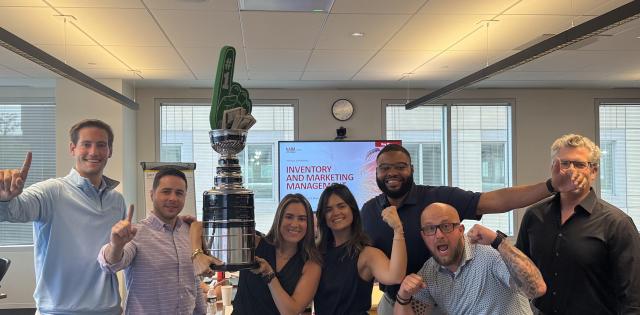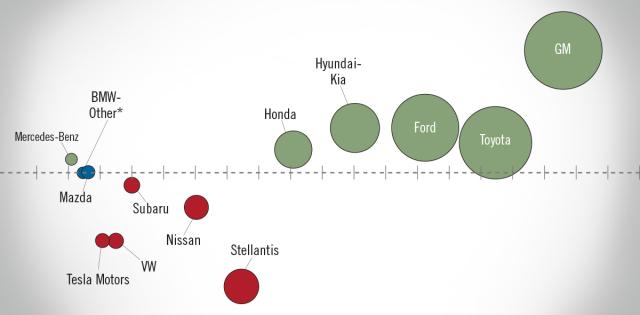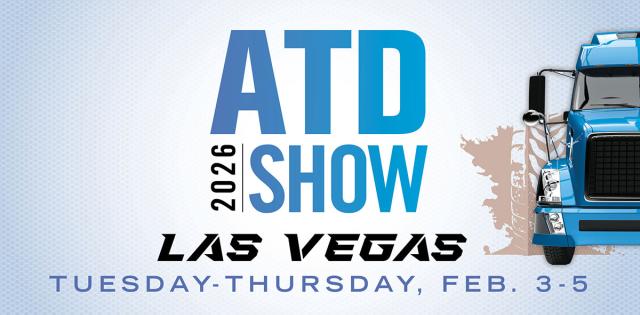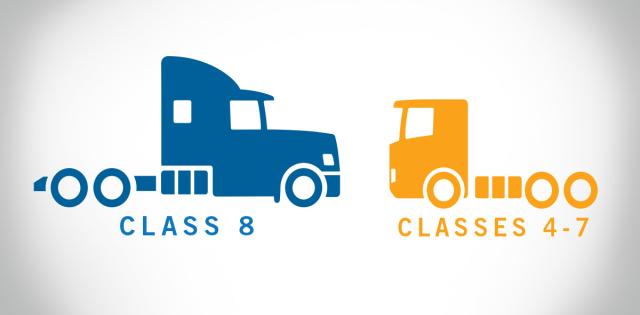The future landscape of automotive retailing can be summed up as "get big or get out," according to Alan Haig, president of Haig Partners, LLC, who led "The Future Landscape of Automotive Retailing Panel" at the New York Automotive Forum on April 4.
The advantages that large automotive retail operations have over smaller retailers are not based on economies of scale, Haig said, because the costs of utilities, real estate and insurance, for example, don't diminish with size.
Instead, large retailers are benefitting from a sea change in the way people shop for cars, with a marked increase in online shopping since the coronavirus pandemic. "The pandemic changed consumer behavior and it advanced ecommerce in the United States by a decade," Haig said. Large retailers have capitalized on this trend, offering not just brick and mortar stores, but sophisticated online shopping experiences as well.
The largest retailers – Autonation, Lithia, Carvana, and others – can provide customers better selection due to their vast inventories of vehicles. They can also ship vehicles across the country to customers' doorsteps, if necessary. These have been huge selling points with consumers.
This dual sales strategy, which Haig referred to as "bricks and clicks," is the primary reason for large retailers' success today, he said.
"Bricks and clicks is not a strategy that works only for large dealers," Haig added. "The good news is this strategy – bricks and clicks – is not proprietary. It's not patented. It can be adopted by any retailer in this room or outside this room. The key is to grow."
The average dealer today owns two stores, which Haig said is not enough to offer consumers the selection and buying experience that they have come to expect.
His company, Haig Partners, which provides merger and acquisition services to buyers and sellers of high-value dealerships and dealership groups, has done some computer modeling that found that if the average dealer today reinvested all of his or her cashflow into the company over the next 10 years, they could grow from two stores to 10 stores.
"This evolution from being a dealer to being an investor is what we think is going to be necessary to thrive in 10 years down the road for our dealer friends," Haig said.
"That's going to allow him to build a strong brand, to have inventory and to attract and retain top talent," he added. "So we believe that smaller dealers today shouldn't feel threatened by consolidation so long as they're participating in consolidation."
The other panelists largely agreed. Tim Batchelor, principal at Open Road Capital, and Bill Cariss, president and CEO of Holman Growth Ventures, specialize in mergers and acquisitions within the automotive retail space.
However, Rob Cochran, president and CEO of #1 Cochran, and chairman of NADA Industry Relations, isn't so sure smaller dealers are going to go big as a survival tactic. "I think every dealer needs to make a decision that is best for them," he said. "Ultimately, the customers are going to choose the winners of tomorrow."
"From my standpoint, from a #1 Cochran standpoint, we are bullish on the future," Cochran added. "There's going to be change ... we need to be nimble. We need to be ready to pivot. We can't be anchored to the ways we've always done things. We are going to need to do things differently."
For more stories like this, bookmark www.NADAheadlines.org as a favorite in the browser of your choice and subscribe to our newsletter here:











